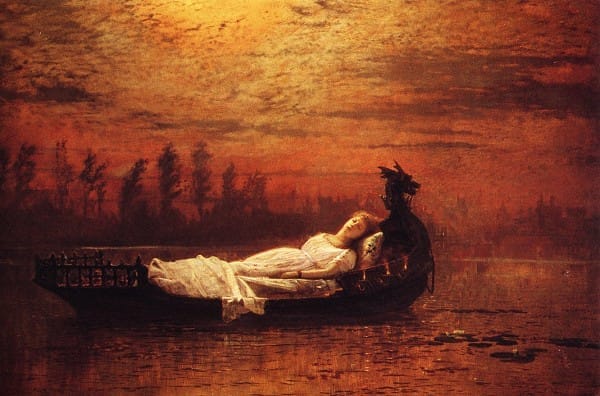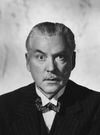Tennyson's 'The Lady of Shalott'

The Lady is a lonely and doomed figure and Tennyson used her in several poems and plays, just as he used Fair Rosamond. The famous painting above of The Lady is by John William Waterhouse in 1888. The Lady resembles Calypso or Circe, or even Penelope, trapped in her unreality, except that she - The Lady - is in the boat, not Odysseus, going to find her mortality. She is more like Odysseus than those other women, at least in the 1842 revised version.
Fair Rosamond was always a more tender domestic image, a doomed image. It seems that The Lady tires of life in her bower and she will go out into the world to experience her carnality and mortality. She knows she will die for love. In that sense, The Lady of Shalott reverses the story of Rosamond, who starts off as a prisoner of love inside the bower and who retreats into the nunnery in the hope of saving her immortal soul. The poem, even today, is a perfect metaphor for protected young women leaving high school or college or a closed society and embarking on life’s sexual misadventures, hopefully with a different ending.

The Lady of Shalott paintings above and below are from around 1875 by Victorian painter John Atkinson Grimshaw, whose mastery of autumnal and twilight scenes I have always found impressive. He lived and painted mostly in Leeds and Scarborough.

The same principle of going to your death because you feel you have no choice also underlies Swiss Symbolist Arnold Böcklin's series, Isle of the Dead (Die Toteninsel) - (1880s) - so named by others. Below is the third he produced in the series. Although it is not specifically about the Odyssey, like Waterhouse he painted various characters from the epic.

